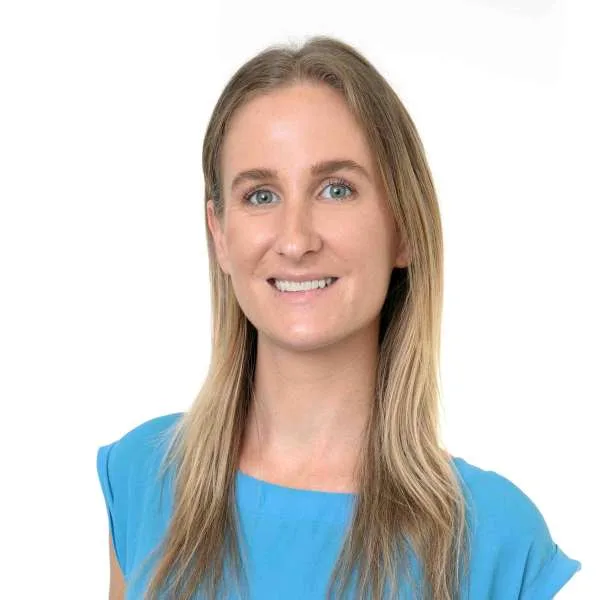Key takeaways
- An emergency savings fund can help you pay for large, unplanned costs such as losing your job.
- Aim to have 3 to 6 months worth of living expenses saved up for emergencies.
- Finder research found almost 40% of Australians don't have an emergency savings fund.
4 steps to building an emergency savings fund
1. Work out how much money you need to save
It helps to know how much money you should have in savings before you start to build your fund. Aim to have at least 3 months' (and ideally 6 months') worth of living expenses saved (because if you lost your job it could take that long to find a new one).
Living expenses are things like rent, mortgage repayments, ongoing bills such as health insurance, groceries and medications. They're the expenses that you can't easily cut out and things you need to get by day to day.
As an example, let's say you calculated your monthly living expenses to be $1,000. You should try to build an emergency savings fund with $3,000 to $6,000 to cover you for 3 to 6 months.
2. Analyse your current expenses
Once you know how much you're aiming to save, break this down into a monthly savings target to make it more achievable and less daunting.
Take a look at your transactions for the last few months (via your mobile banking app or Internet Banking) and what you're spending on living expenses versus everything else. From here, you should be able to find opportunities to cut back on your spending and work out how much you can realistically save each month.
3. Pick an account for your emergency savings fund
Once you've got your monthly savings goal and you know how much money you're aiming for, it's time to put this into action.
Even if you've already got a savings account, it's a good idea to open a separate savings account dedicated to emergencies. Keeping the money in a different account will help prevent you from dipping into it for things that aren't urgent.
It's not a good idea to use a term deposit as your emergency fund, as the money in a term deposit is locked for the life of the term. A savings account on the other hand can be accessed instantly whenever you need it. And a high interest savings account will offer you extra interets when you meet the monthly deposit condiitons, which is extra motivation for you.
4. Monitor your progress
If you find it hard to meet your monthly savings goal, chances are you've set this a bit too high. Similarly, if you find it really easy to meet your monthly goal and you've got plenty of money to spare on things like eating out and retail shopping, you could have set your goal a bit too low.
After 1 month, take a look at your progress and see if you can increase your monthly goal or if you need to relax your target a bit.
Finder survey: What percentage of Australians have an emergency fund?
Response | |
|---|---|
| Yes | 61.78% |
| No | 38.22% |
Do I really need an emergency savings fund?
Keeping some money tucked away in a savings account for emergencies is a simple way to help you manage an unplanned cost or a change in your income.
For example if you lost your job with little notice, your pet needed expensive surgery (and you had no pet insurance), your child needs some high-cost dental work, you need to book last-minite flights overseas or you got into a car accident aren't aren't covered by insurance.
Finder research found almost 40% of Australians could survive on their current savings for just 1 month or less if they lost their job tomorrow. That's not very long!
According to a study by The Melbourne Institute, of those already struggling with rising living expenses, 15-20% wouldn't be able to cover an unexpected $3000 expense within the month.
Even if you still don't think you'll ever need emergency savings, having some is never going to hurt. You can't lose money from a savings account.

"Having an emergency fund is so important, not just for peace-of-mind and protecting you from the unexpected, but also for when you invest. Anyone who's investing to get ahead should ensure they're never forced to sell investments at the wrong time, and instead so you can hold investments until they deliver you the results you're looking for."
Ask a question
More guides on Finder
-
Savings accounts that earn Qantas Points: Is AMP better than Qudos?
Would you be better off with a high-interest option instead? I've crunched the numbers.
-
Savings accounts with no conditions
These savings accounts let you earn a decent ongoing interest rate on your cash with no annoying hoops to jump through.
-
Savings account interest rate cuts
Here's an up-to-date list of all savings account interest rate cuts so far, plus how it will affect your savings balance.
-
Compare high interest savings accounts
Kickstart your savings plan with a high interest savings account.
-
Kids savings accounts
Encourage your children to save with a savings account.
-
Bonus interest savings accounts
If you need help getting your savings back on track, a bonus saver account with competitive interest may provide you with the incentive and features you need.
-
Best savings accounts for – 7 expert picks
See some of the best savings accounts in Australia right now with high interest rates and no fees, plus tips to help you find the best savings account for you.
-
ING Savings Maximiser
The ING Savings Maximiser is a high interest savings account with a competitive interest rate when you meet the account conditions. Here's how to earn the top bonus rate with this account.
-
Savings interest calculator
Our range of simple calculators can help you plan your finances and compare potential interest earned.
-
Cashback offers on bank accounts
How you can get your money back just for spending.
